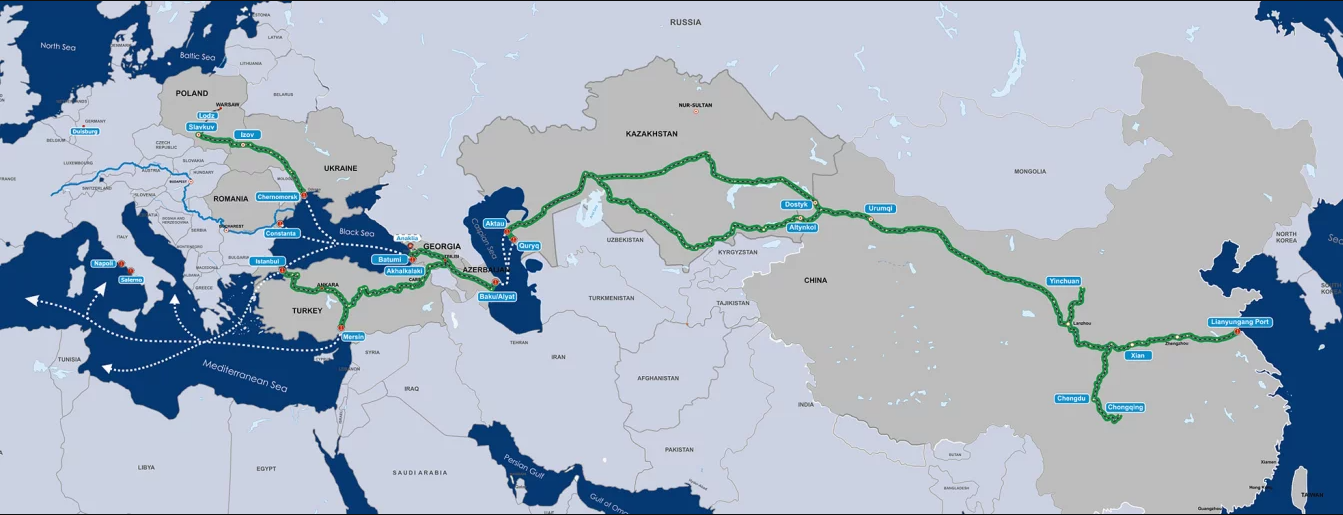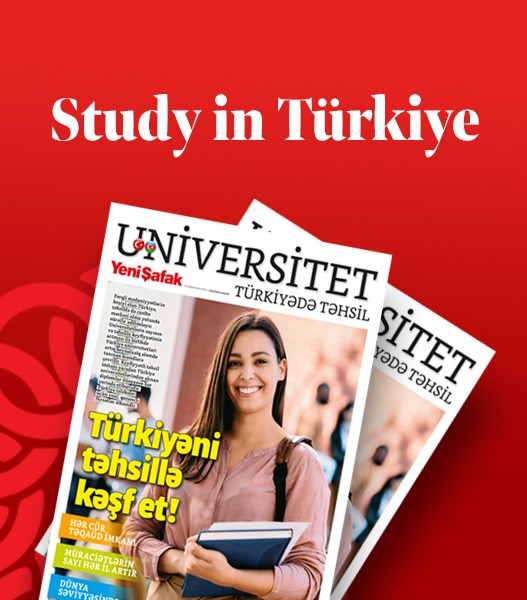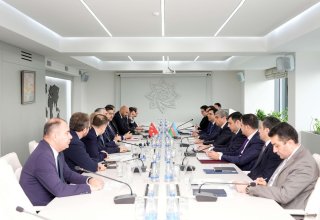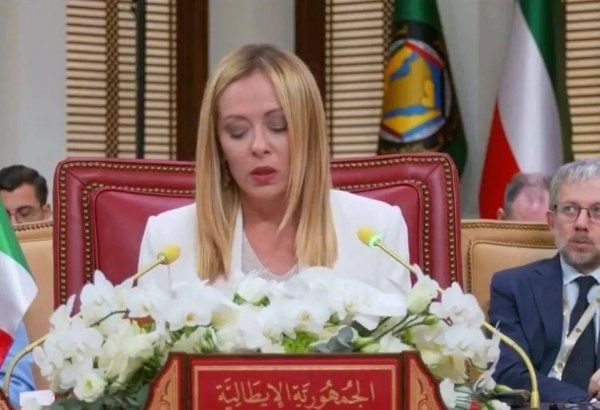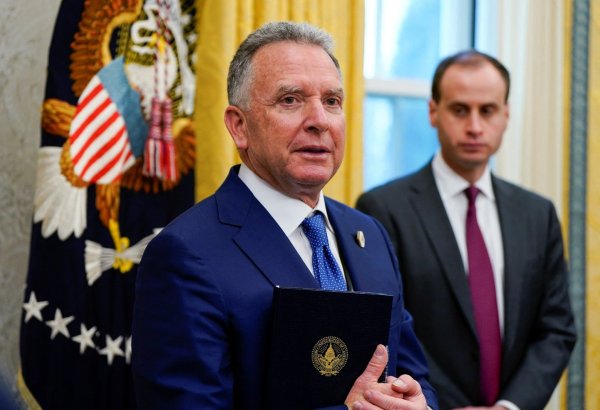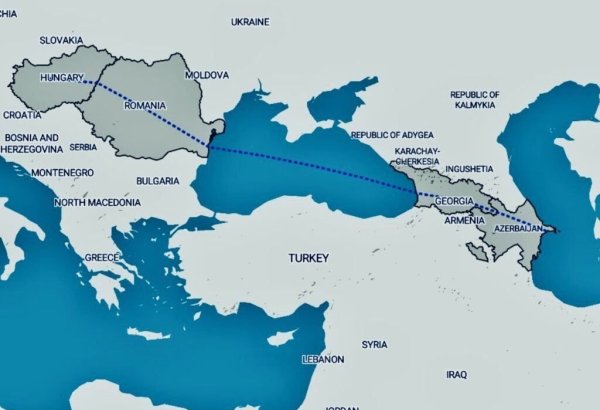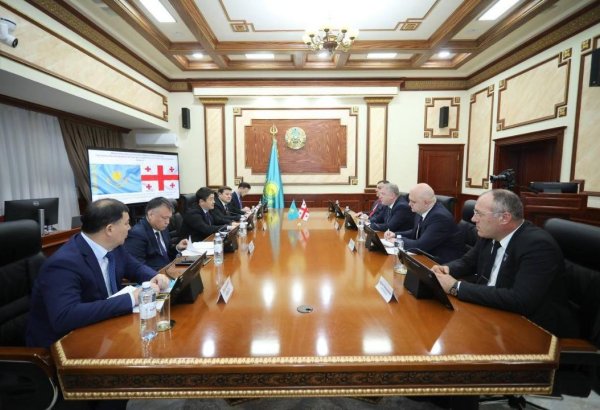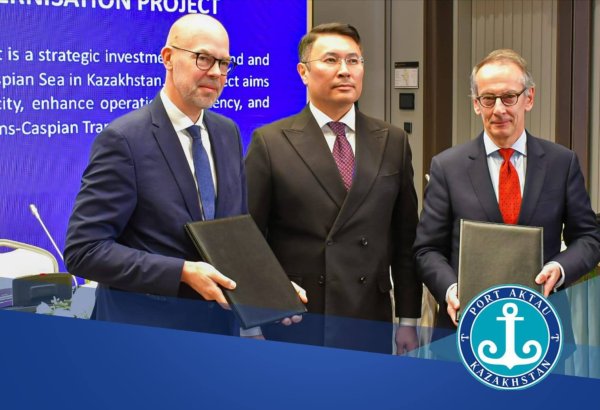BAKU, Azerbaijan, October 21. Latvia sees the need to have the Trans-Caspian International Transport Route (TITR, or Middle Corridor) expanded in the interests of its future development, a source at the Ministry of Foreign Affairs of Latvia told TurkicWorld.
"The logistics costs and cargo delivery times are also much lower than through the Trans-Caspian corridor. The Trans-Caspian corridor has a great potential for development; however, there still remains quite a lot of institutional, physical and operational barriers to expanding the capacity of the route. One of the main constraints is the vessel capacity in the Black and Caspian Seas. In order to develop this alternative route, there is a clear need to expand the capacity of this corridor," the ministry said.
The Latvian MFA added that the current geopolitical situation should clearly facilitate that, yet, nevertheless, the transportation services through traditional routes through Russia are still functioning quite well.
It was pointed out that the Trans-Caspian International Transport Route is an important alternative route in Eurasian logistics chains to connect Central Asia to Europe, bypassing Russia.
"The traditional corridor from Asia to Europe via Russia and Belarus is now much more affected by the geopolitical disruption and different security risks, inter alia, the evasion of sanctions during the transit through Russia and Belarus to Central Asia," the ministry said.
The Middle Corridor is a transportation and trade route that connects Asia and Europe, passing through several countries in the region. It is an alternative route to the traditional Northern Corridor and Southern Corridor.
The route starts in China and crosses Central Asian countries such as Kazakhstan, Uzbekistan, and Turkmenistan. It then passes through the Caspian Sea, Azerbaijan, Georgia, and Türkiye before reaching Europe. The Middle Corridor offers a land route that connects the eastern parts of Asia, including China, with Europe, bypassing the longer maritime routes.








